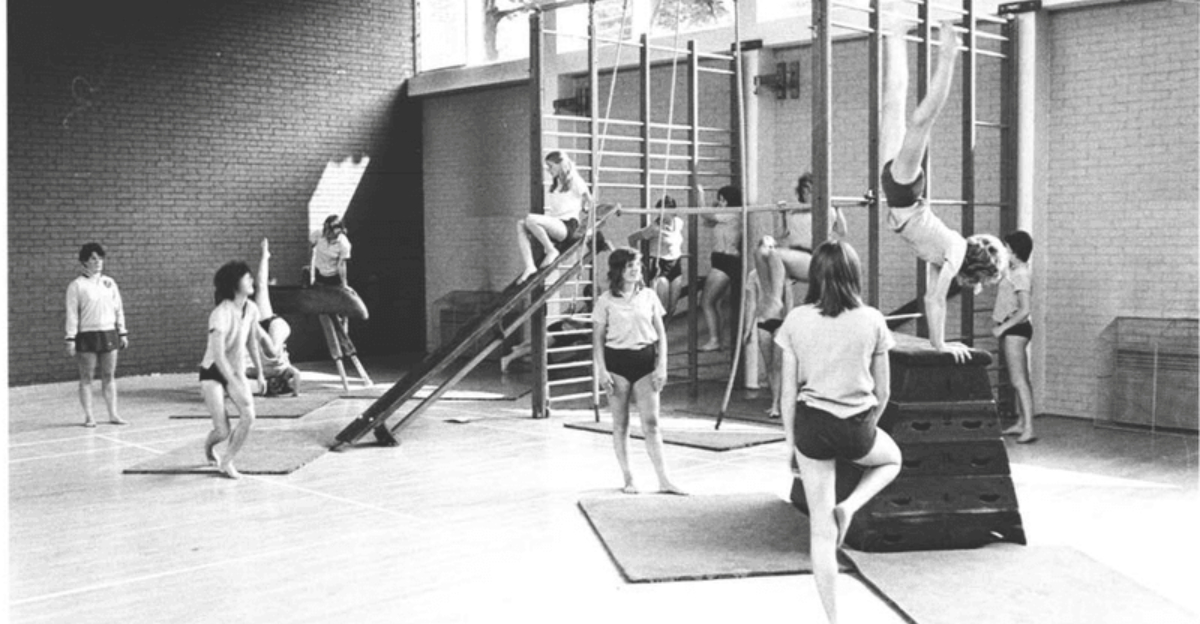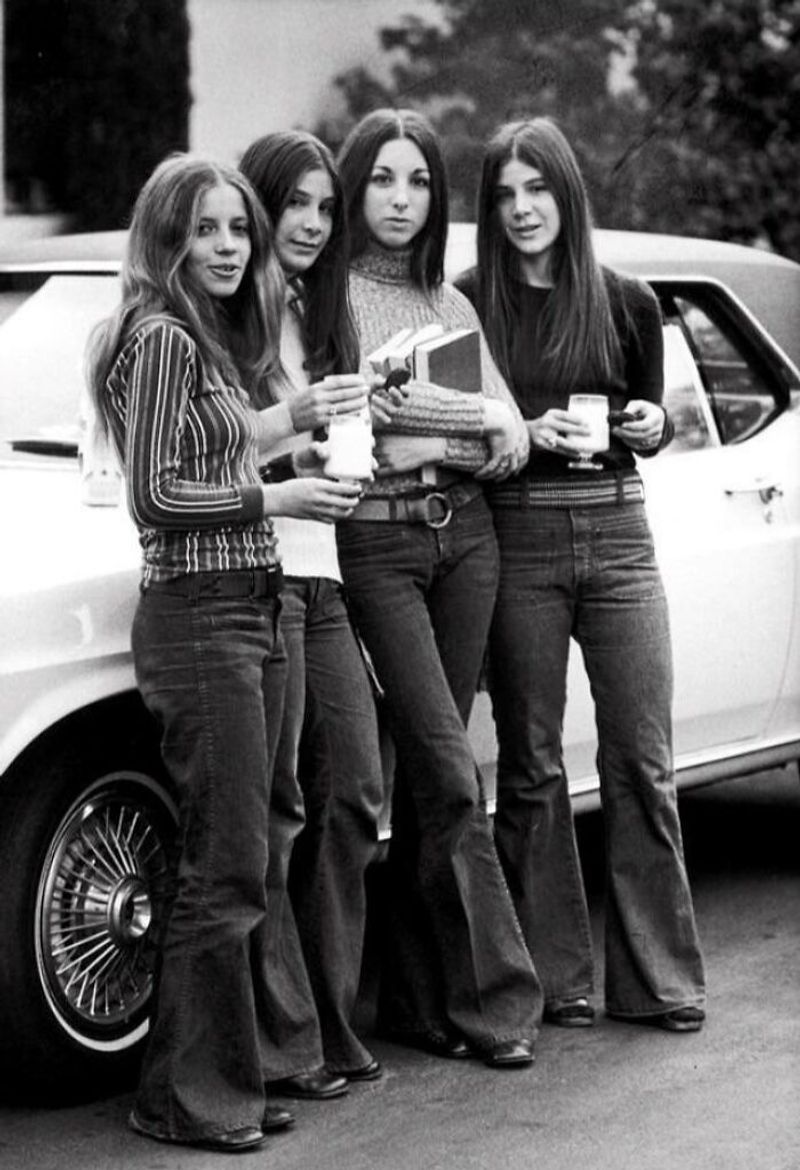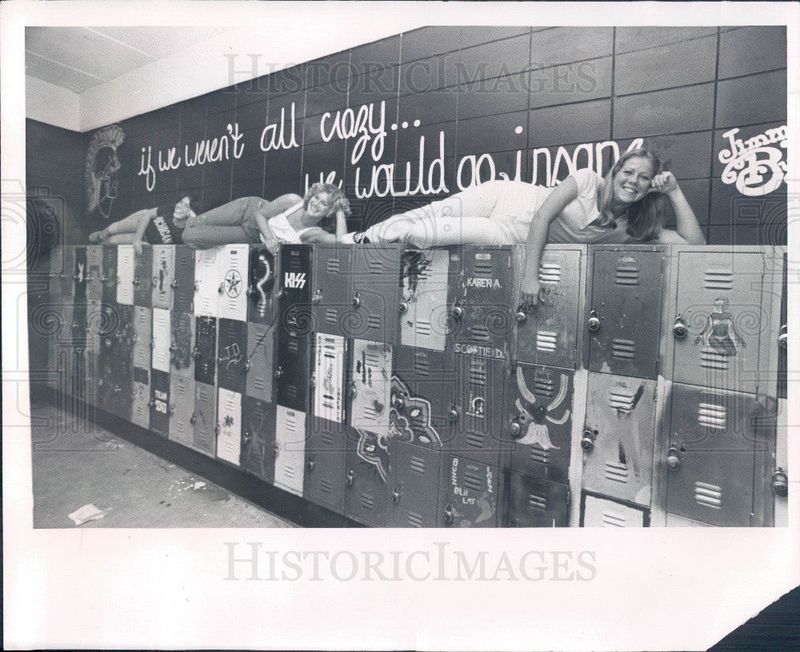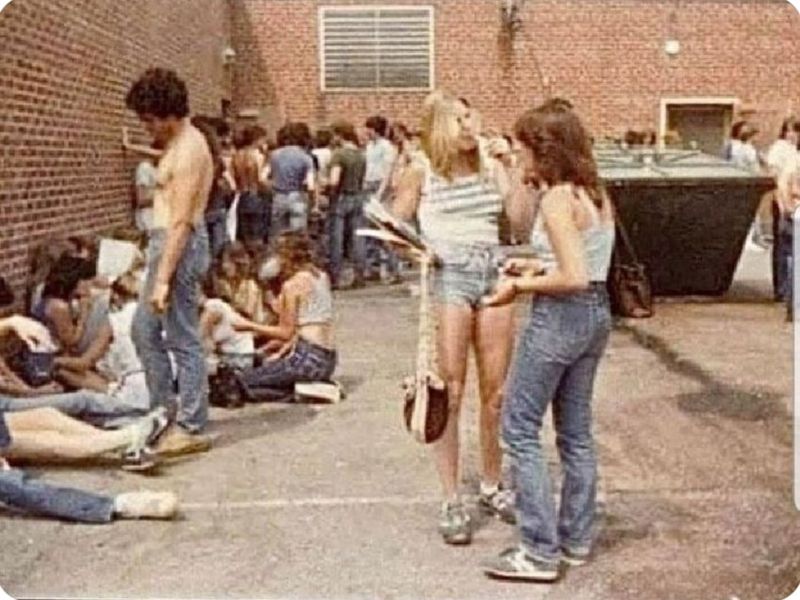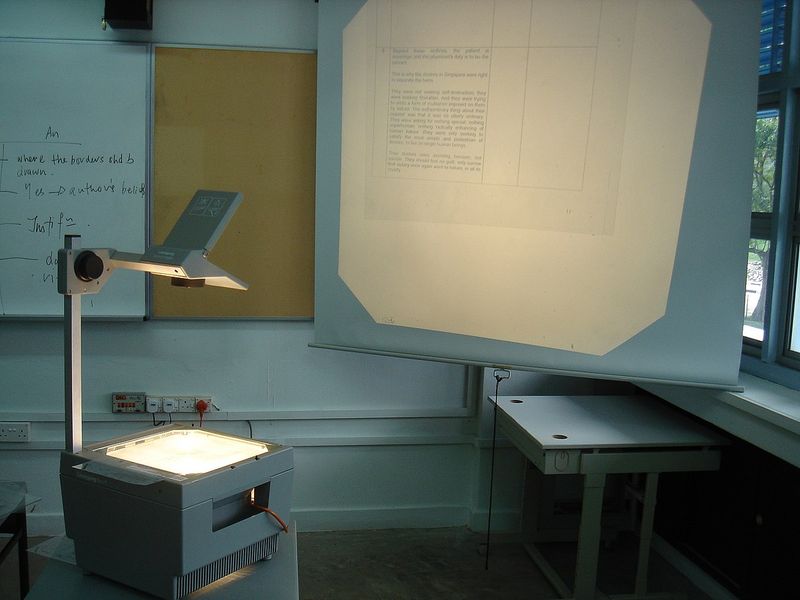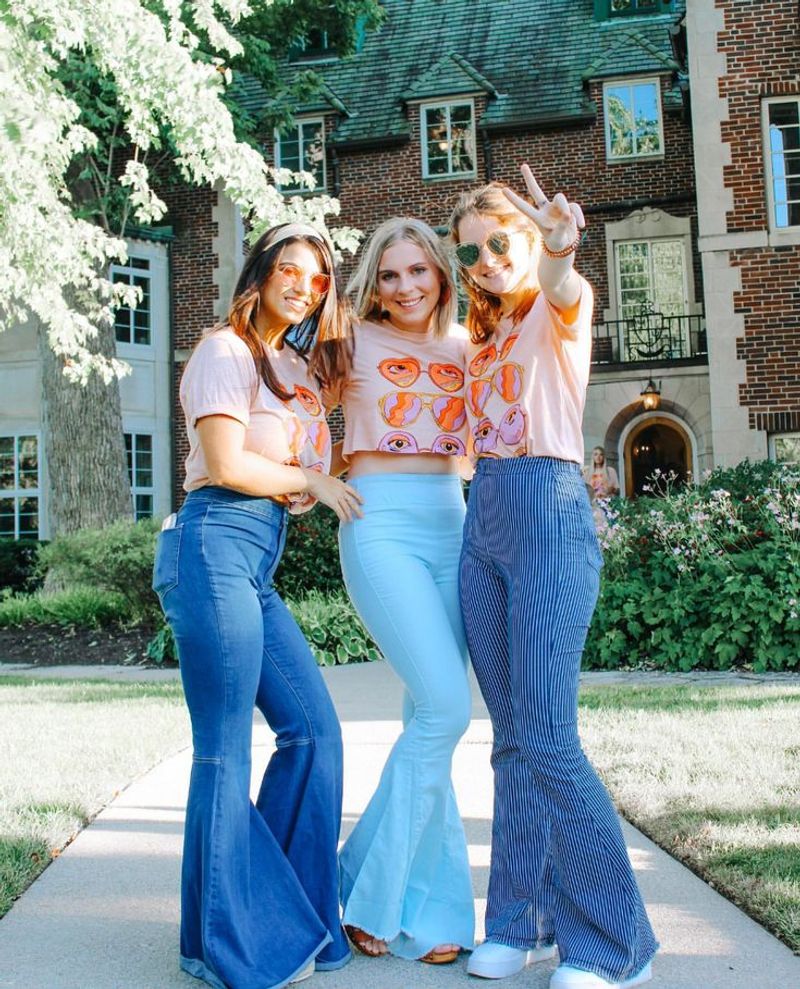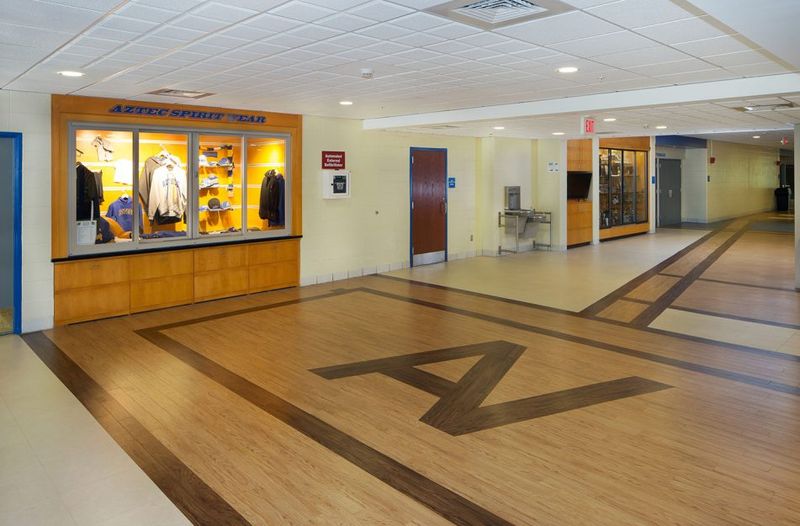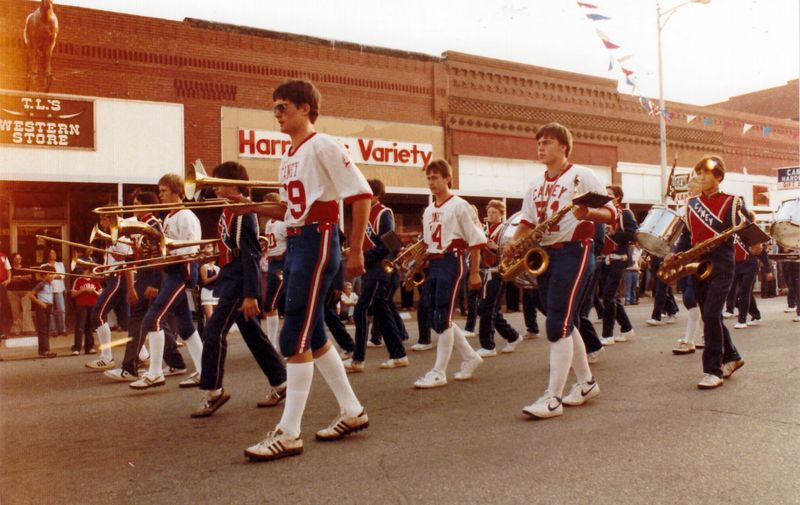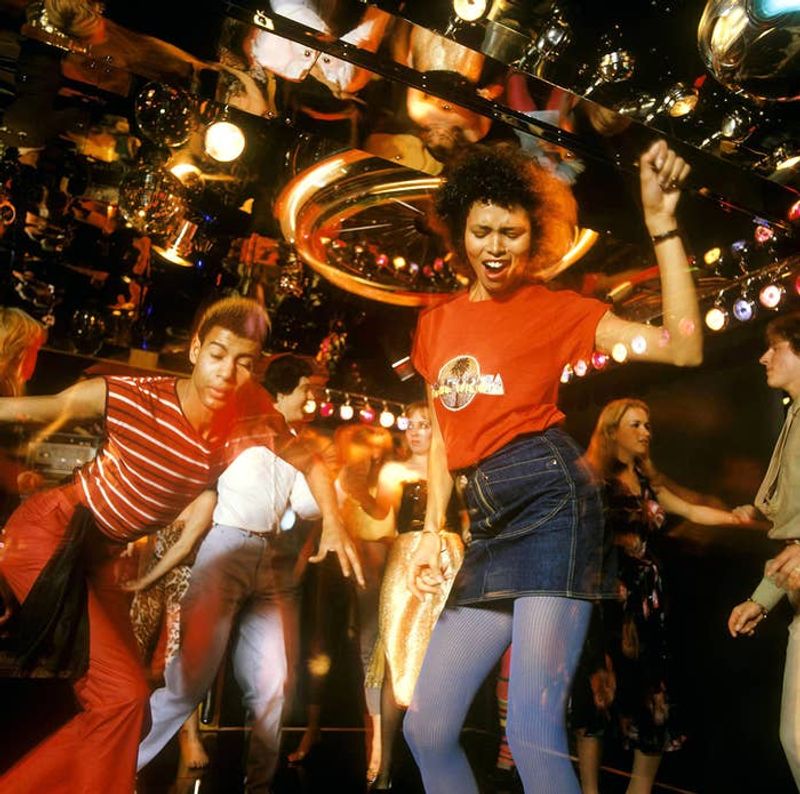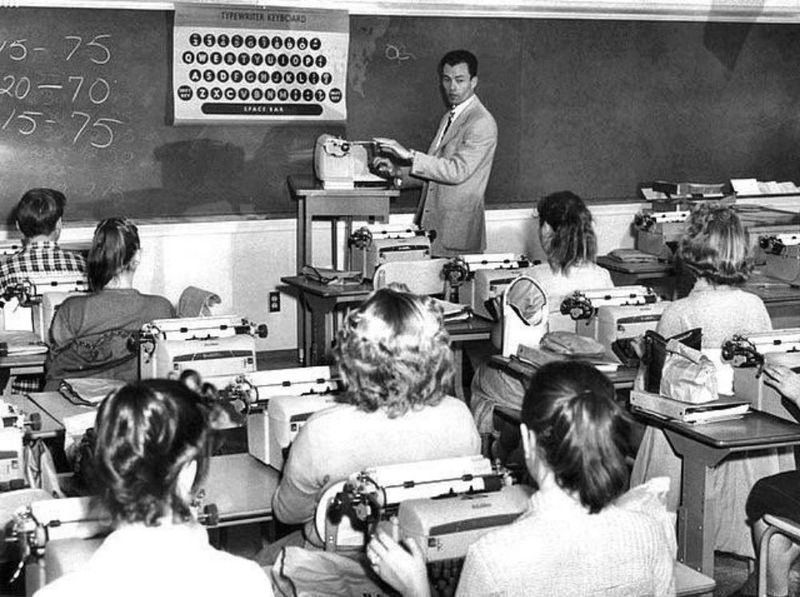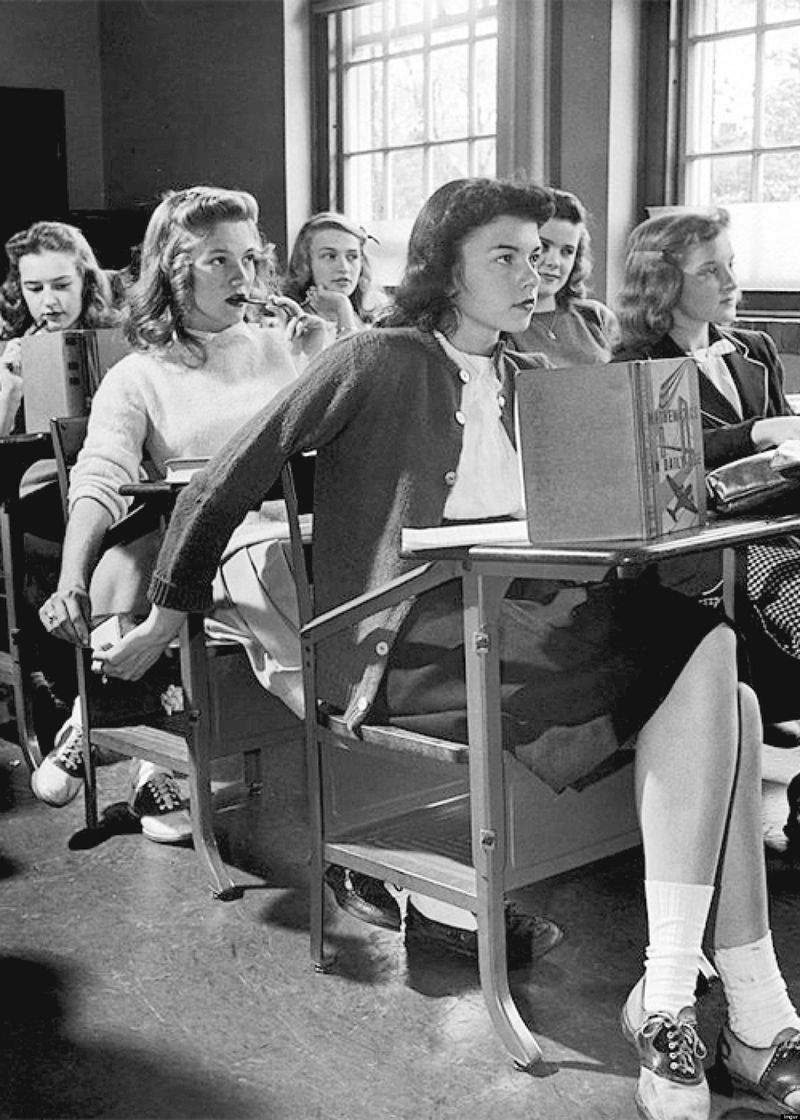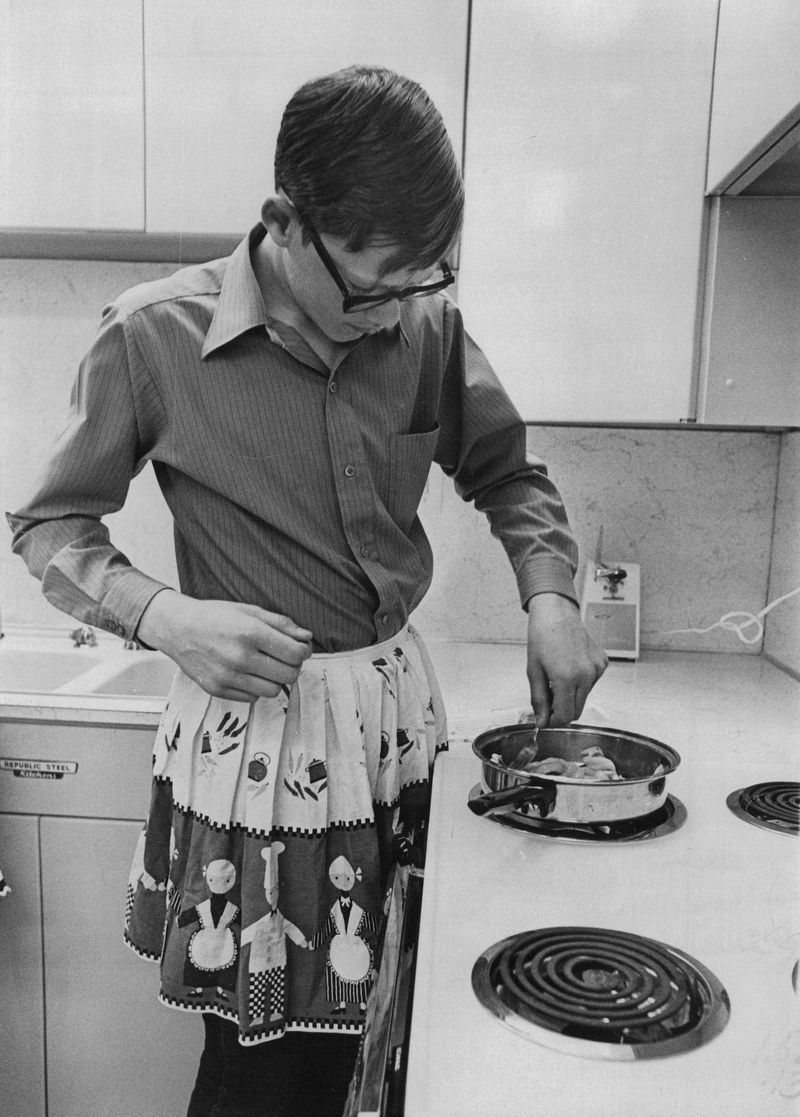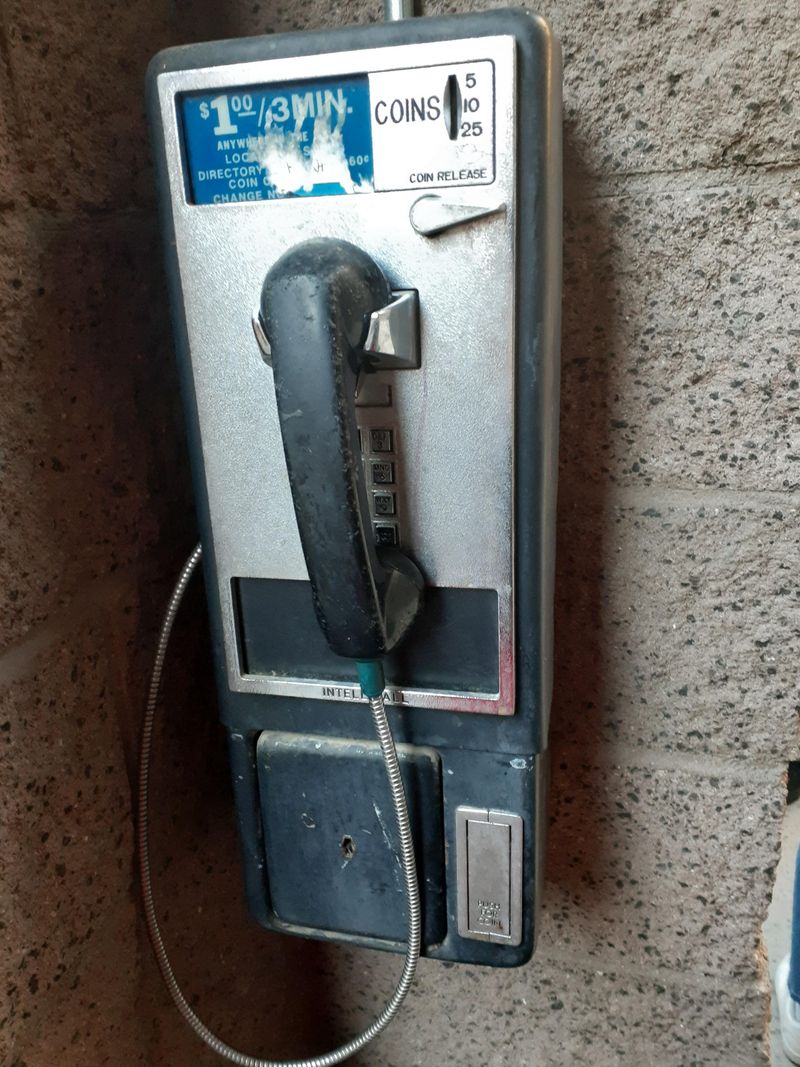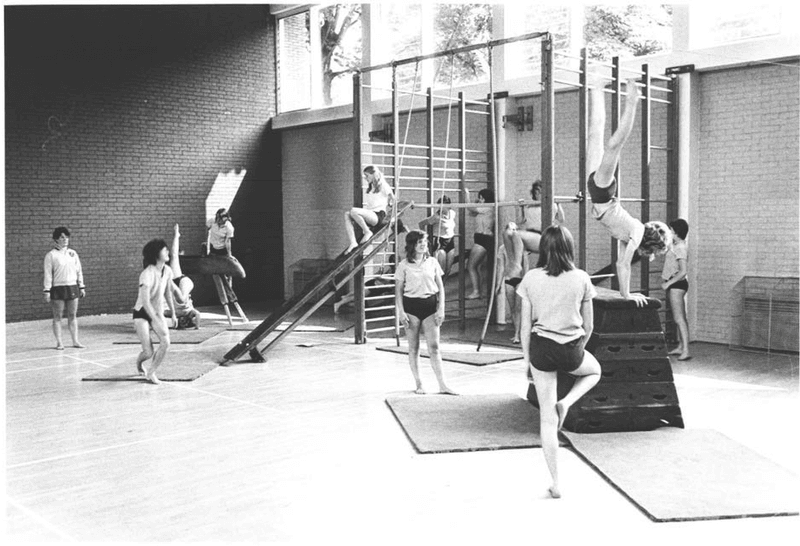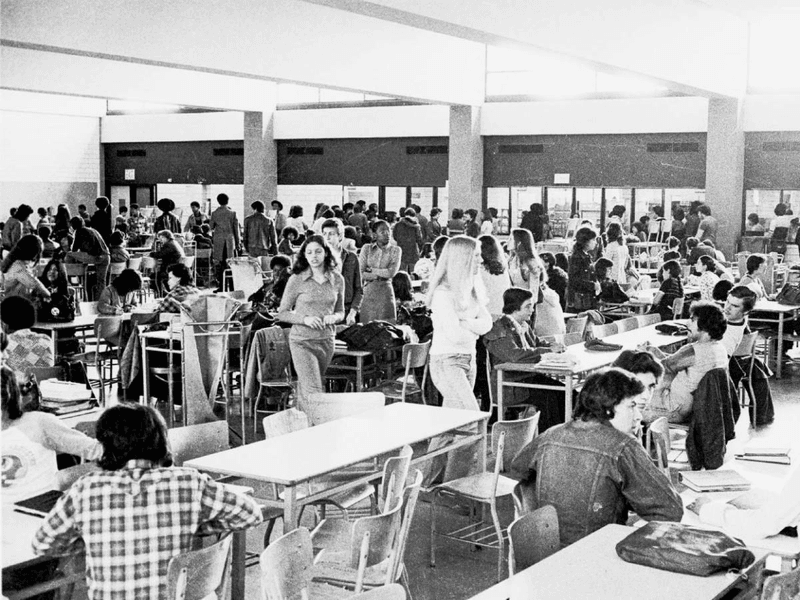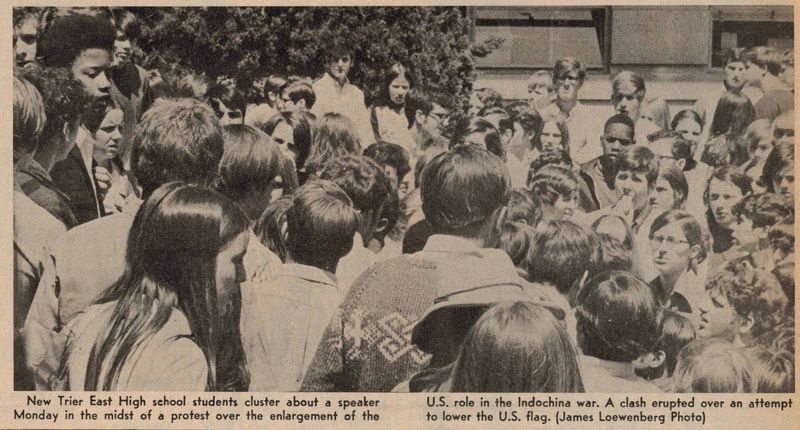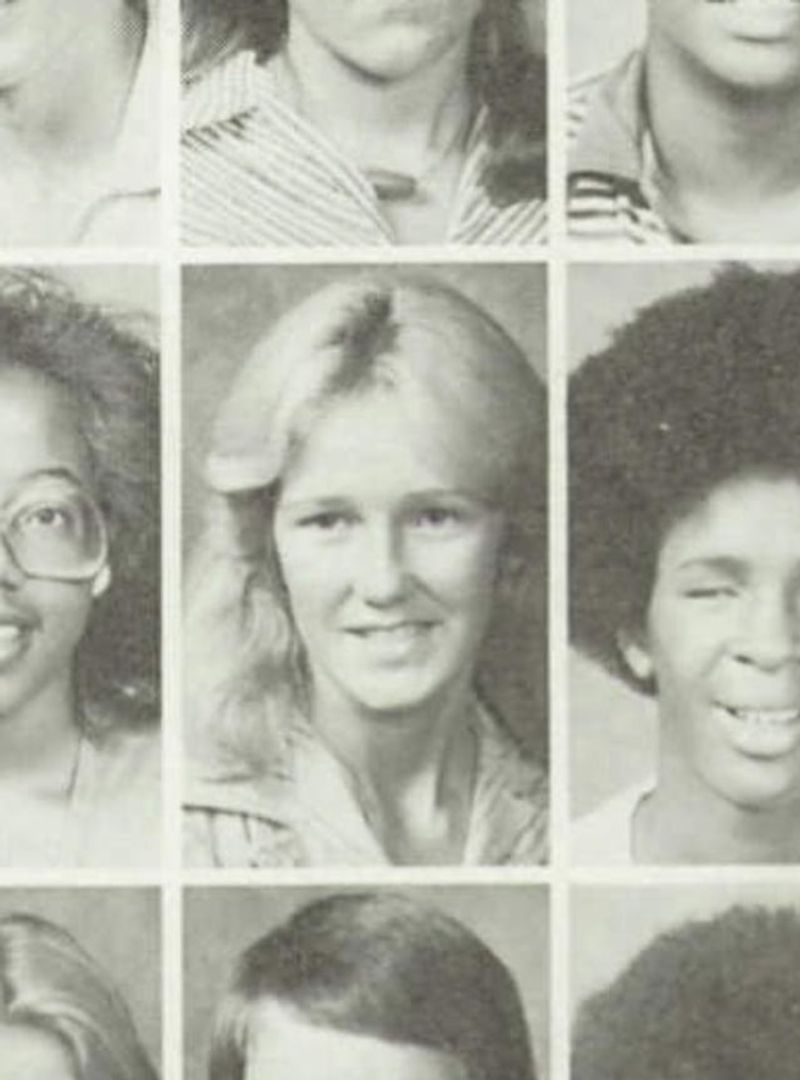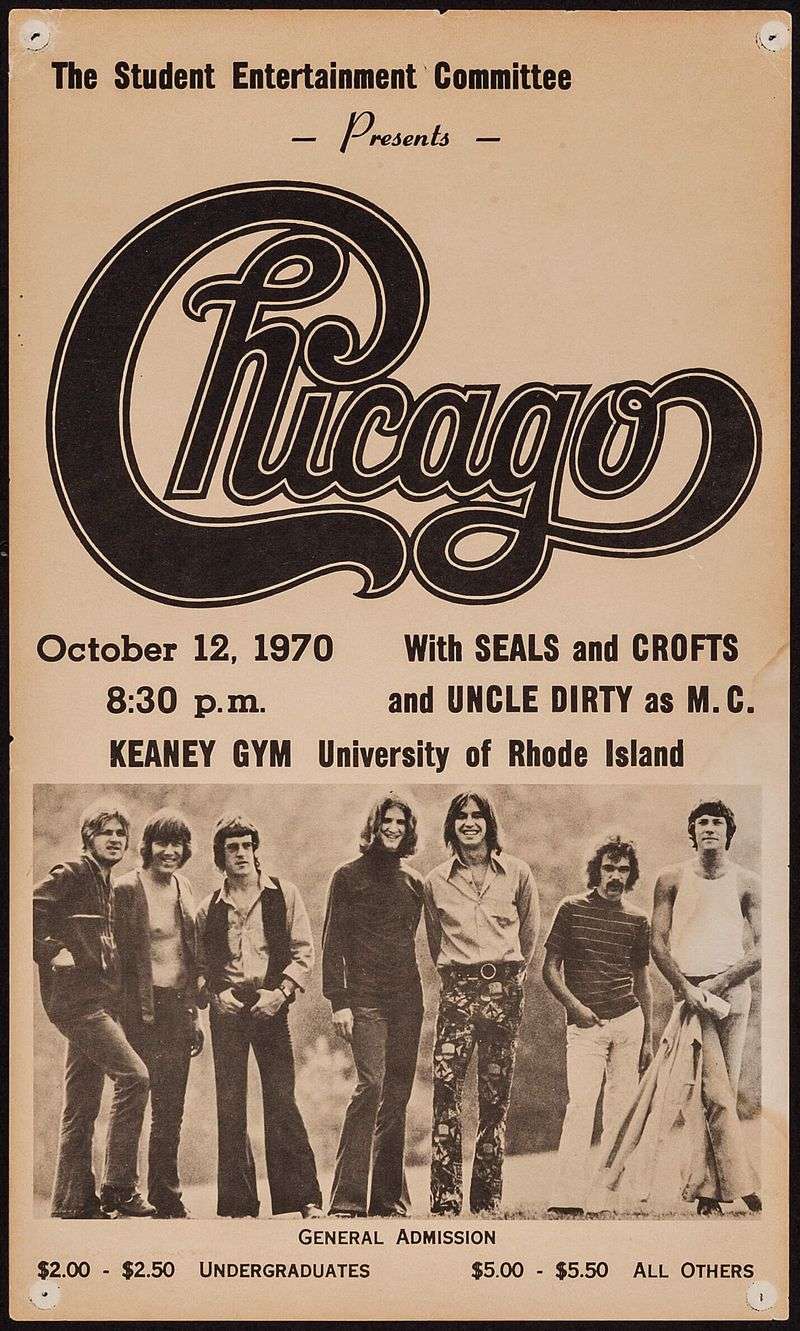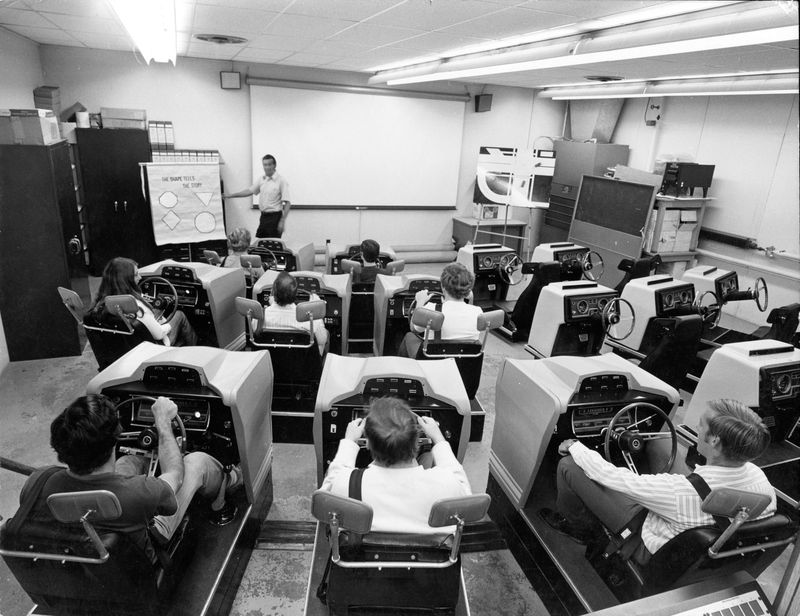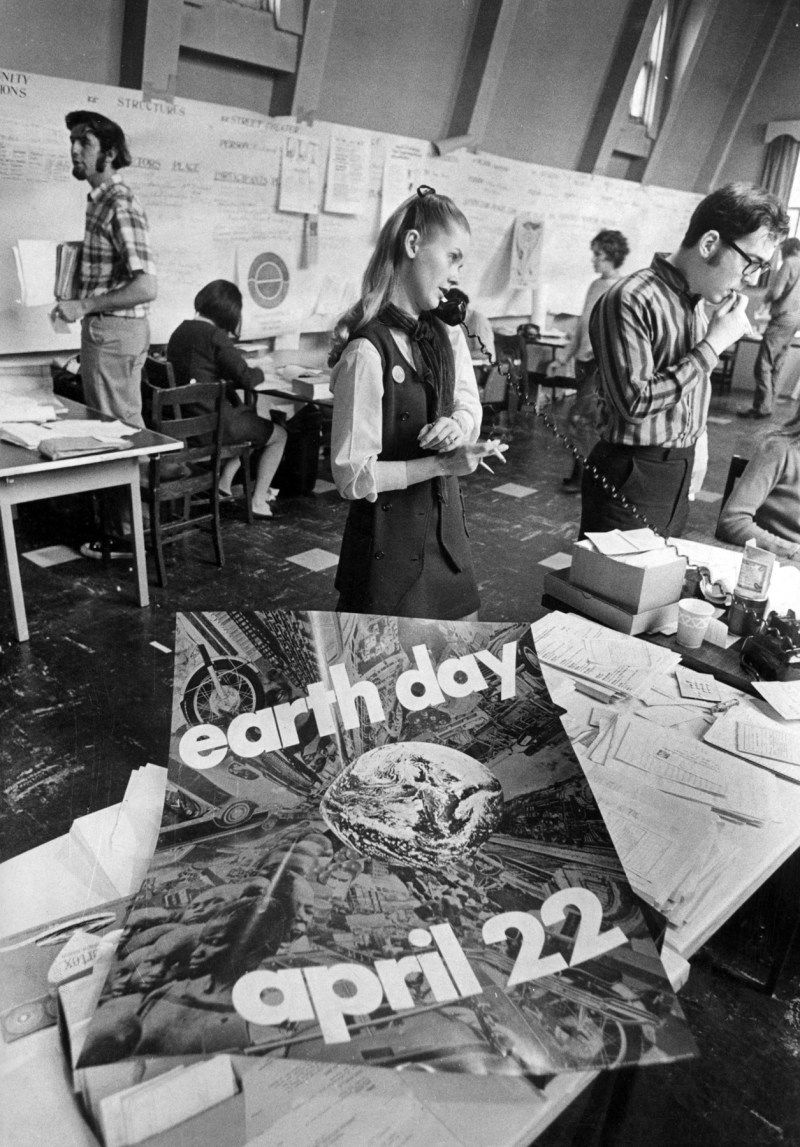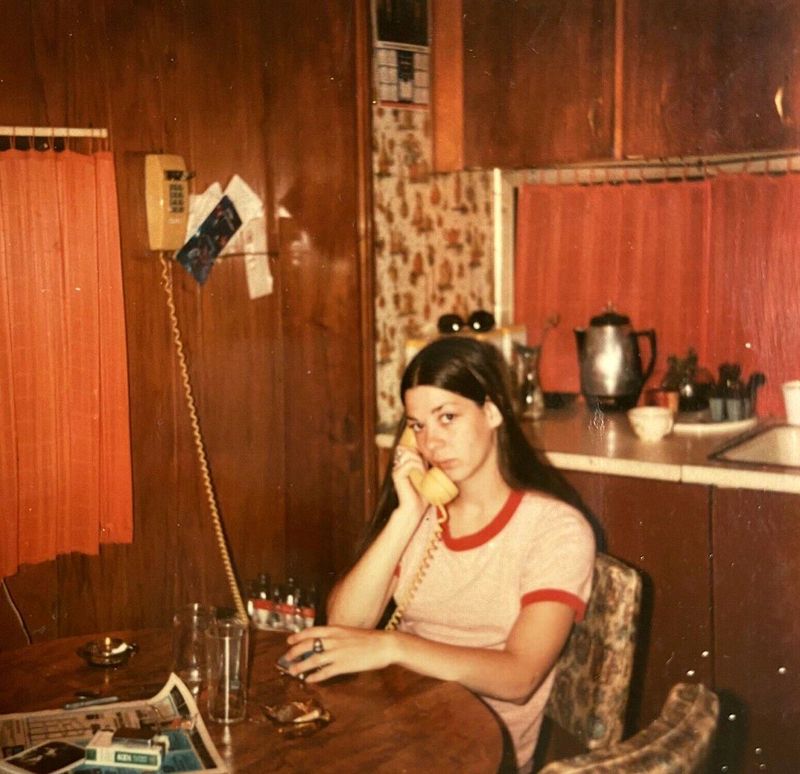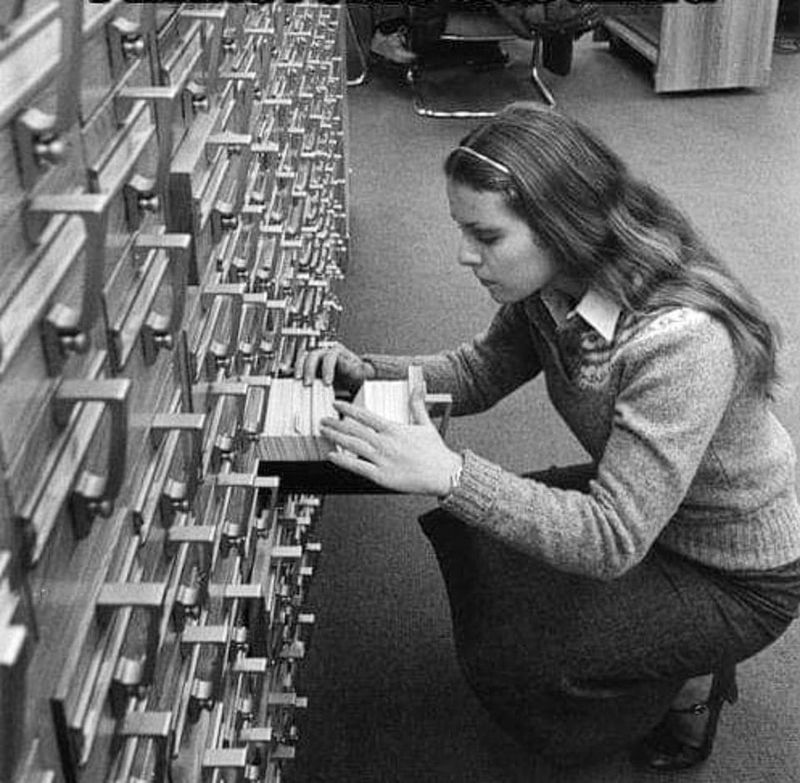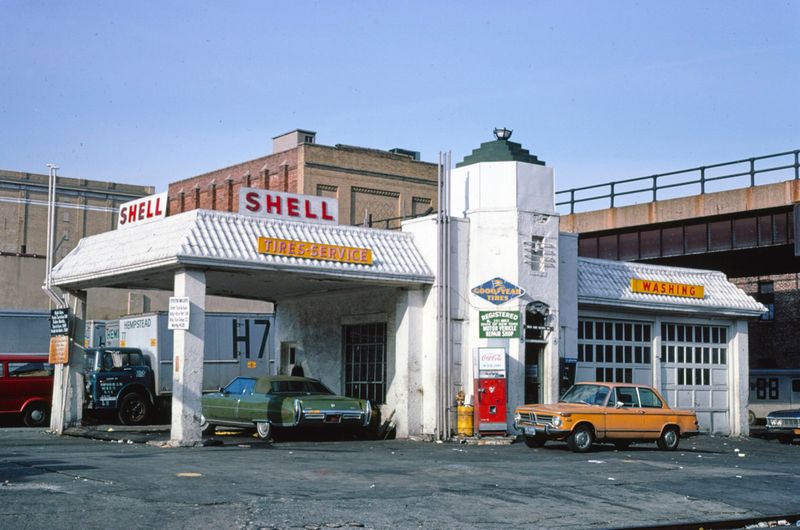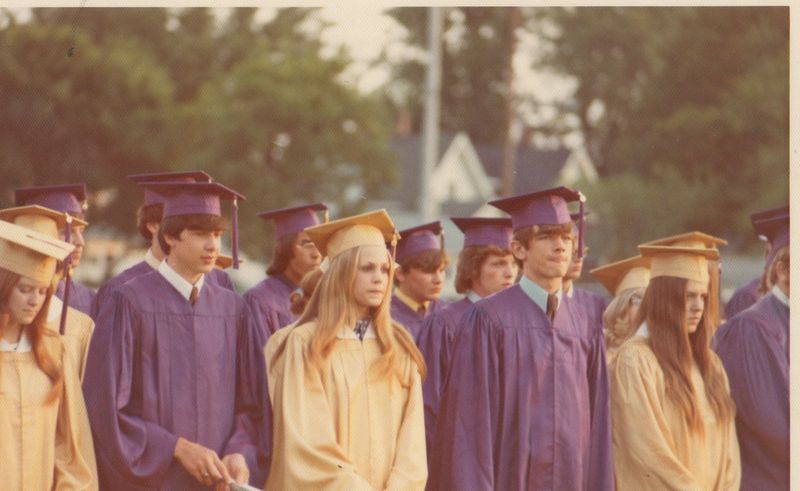Explore the vibrant and colorful world of 1970s high schools through a collection of hilarious and heartwarming photos.
This era was marked by unique fashion statements, iconic hairstyles, and cultural shifts that shaped the high school experience.
Dive into a time when denim ruled, lockers were personal canvases, and school dances echoed with disco beats. Join us as we take a nostalgic journey through 25 memorable moments that defined a generation.
1. Denim Everywhere
Denim was not just clothing; it was a statement. Every high schooler seemed to own at least one pair of blue jeans, often flared and sometimes adorned with embroidery or patches. Denim jackets added an extra layer of cool, with their faded look and sometimes personalized touches like pins or fabric paint.
Whether lounging in the cafeteria or hanging out by the lockers, students wore denim like a uniform. This versatile fabric was both a fashion staple and a canvas for personal expression. It wasn’t just clothing; it was a way of life.
2. Feathered Hair and Shag Cuts
Hairstyles in the 1970s were iconic, with feathered hair and shag cuts leading the trend. Inspired by celebrities like Farrah Fawcett, students spent hours perfecting those voluminous waves. Shaggy cuts added a touch of rebellious flair, framing faces with layered elegance.
These styles were more than just a look; they were a part of the cultural identity. Hair salons buzzed with energy as students sought to recreate the perfect flow. In hallways and classrooms, hair was as much a topic of conversation as pop quizzes or weekend plans.
3. School Lockers Lined with Personality
Lockers in the 1970s were more than storage spaces; they were personal galleries. Students adorned them with band posters, magazine cutouts, and mirrors, each reflecting their unique tastes and interests. From rock legends to fashion icons, lockers were a canvas for individual expression.
Opening a locker was like unveiling a personal diary, filled with aspirations and inspirations. These decorated spaces turned mundane hallways into vibrant tapestries of teenage life, where every locker told a story. Personalizing lockers was a cherished ritual of self-expression and identity.
4. Smoking Areas on Campus
In the 1970s, many high schools had designated smoking areas, often tucked away in a corner of the campus. These areas were a social hub where students gathered to relax, chat, and, of course, smoke cigarettes. It was a time before anti-smoking campaigns took hold, and such sights were common.
The presence of teachers occasionally mingling with students added a surreal touch. These spots were more than just places to smoke; they were a slice of school culture, capturing a bygone era of youthful rebellion and community.
5. Chalkboards and Overhead Projectors
Before the digital age, classrooms depended on chalkboards and overhead projectors. Teachers would skillfully scribble notes and diagrams, while students watched the chalk dust settle like snowflakes.
The overhead projector was a marvel of its time, projecting words and images from transparent sheets. It required a steady hand to align properly, and many students remember the hum and warmth it emitted. These tools were the backbone of education, facilitating learning in a tactile, hands-on way that is fondly remembered by those who lived through it.
6. Bell-Bottom Pants and Platform Shoes
Fashion in the 1970s was audacious, with bell-bottom pants and platform shoes leading the charge. These flared trousers came in vivid colors and patterns, making a statement as students walked down the halls. Platforms added an extra inch or five, elevating both height and style.
It was an era where clothing was as expressive as the music blaring from radios. The bold designs and towering footwear marked a shift towards individuality and creativity, making every day feel like a fashion show. Students strutted their stuff, confident and colorful.
7. Wood-Paneled Hallways and Tiled Floors
The architecture of 1970s high schools had a distinctive charm. Wood-paneled hallways, often accompanied by dark lockers and tiled floors, created a warm, earthy atmosphere. These elements set the stage for the daily bustle of student life.
The sound of footsteps echoing off the tiles was part of the school’s rhythm. This aesthetic was both functional and stylish, reflecting the design trends of the era. Walking through these hallways felt like navigating a carefully crafted set, where every detail was thoughtfully considered to enhance the school experience.
8. Marching Bands and Pep Rallies
School spirit in the 1970s was contagious, with marching bands and pep rallies at its core. These events were the heartbeat of student life, bringing everyone together in a celebration of community and camaraderie.
The sound of drums and brass instruments filled the air, energizing the crowd. Students donned school colors and cheered with fervor, creating a sense of unity and pride. Pep rallies were more than just events; they were experiences that left lasting memories, capturing the essence of what it meant to be part of a school community.
9. Disco-Themed School Dances
The disco era brought a unique flair to high school dances. Gyms were transformed into vibrant dance floors, complete with flashing lights and shimmering disco balls. Students dressed in polyester outfits, grooving to the beats of the Bee Gees and Donna Summer.
These dances were a highlight of the social calendar, offering a chance to escape into a world of music and movement. The energy was electric, with each dance move a testament to the era’s exuberance. Memories of these nights lingered, filled with fun and the freedom to express oneself through dance.
10. The Typewriter in Every Classroom
Typing class was a staple in 1970s education, with the steady click-clack of typewriters setting the rhythm. Each student had their own machine, learning to type with precision and speed.
The typewriter was more than just a tool; it was a gateway to the future, teaching essential skills for the workplace. The tactile experience of pressing keys and watching words appear on paper was both challenging and rewarding. Typing class taught discipline and focus, skills that students carried with them long after they left the classroom.
11. Passing Notes, Not Texts
In the days before smartphones, passing notes was the secret language of the classroom. Handwritten messages, often intricately folded, carried secrets, jokes, and sometimes confessions.
The thrill of passing a note undetected added a layer of excitement to the mundane school day. These notes were a lifeline, connecting friends and fueling conversations that would extend beyond the classroom. Each note was a treasure, a snapshot of teenage life captured on paper, cherished for its personal touch in a digital-free world.
12. Shop Class and Home Ec
Shop class and home economics were integral to the 1970s curriculum, teaching practical skills that extended beyond textbooks. In shop class, students learned to wield power tools, crafting projects with their own hands.
Home economics offered lessons in cooking, sewing, and budgeting, essential skills for everyday life. These classes were a hands-on approach to education, fostering creativity and self-reliance. The satisfaction of building a birdhouse or baking a pie was unmatched, making these experiences both educational and memorable.
13. Pay Phones in the Hallways
In an era before cell phones, pay phones were a lifeline, strategically placed in school hallways. Students lined up, dimes in hand, waiting for their turn to make a call home or to friends.
These phones were more than communication tools; they were a connection to the outside world. The clink of a coin and the rotary dial’s satisfying click were familiar sounds. In a time when messages weren’t instant, the pay phone provided a crucial link, bridging the gap between school life and home.
14. Gym Uniforms and Dodgeball
Physical education in the 1970s was a blend of polyester uniforms and classic games like dodgeball. Gym classes were a whirlwind of activity, with students donning matching shorts and shirts, ready for action.
Dodgeball was a favorite, with its fast-paced excitement and friendly competition. Gym time was about more than just fitness; it was an opportunity to build teamwork and resilience. The echo of bouncing balls and the laughter of students created a dynamic environment, where exercise and fun went hand in hand.
15. Lunchroom Trays and Milk Cartons
The high school cafeteria was a hub of social activity, where lunch trays and milk cartons were familiar sights. Students navigated the lunch line, eager to grab their food and find a seat among friends.
Mystery meat, canned peaches, and small cartons of milk were staples of the school lunch menu. The cafeteria was more than just a place to eat; it was a social arena where friendships were forged, and the latest gossip was exchanged. Every lunch break was a slice of high school life, served with a side of camaraderie.
16. Student Activism and Protest Signs
The spirit of the 1960s lingered into the 1970s, as student activism flourished. High school students took up causes, from Vietnam War protests to advocating for women’s rights, their voices loud and clear.
Protest signs, often homemade, were a visual testament to their commitment and passion. These demonstrations were a powerful form of expression, showing that even the young had a stake in shaping the future. The energy and determination of these students left a lasting impact, proving that activism knows no age limit.
17. Yearbooks with Groovy Designs
Yearbooks in the 1970s were vibrant and full of character, capturing the essence of the era with groovy designs. Hand-drawn graphics, candid snapshots, and funky fonts made each page a work of art.
These yearbooks were more than just records of school life; they were cherished keepsakes. Students eagerly flipped through pages, reliving memories and laughing at inside jokes immortalized in print. Each yearbook was a time capsule, preserving the spirit and style of a unique generation, bound together with creativity and nostalgia.
18. Posters of Rock Legends
Rock and roll was more than just music in the 1970s; it was a lifestyle. Classrooms and locker rooms were often adorned with posters of rock legends like Led Zeppelin and Fleetwood Mac, their images inspiring students daily.
These posters were symbols of rebellion and freedom, capturing the energy and charisma of the era’s musical icons. They transformed ordinary spaces into shrines of rock culture, where students could dream and aspire. Each poster told a story, a visual anthem to the power and influence of music on young minds.
19. Driver’s Ed Behind the Wheel
Learning to drive was a rite of passage, and driver’s education was a staple of the 1970s school experience. Students took turns behind the wheel, navigating cones and practicing parallel parking under the watchful eye of instructors.
These lessons went beyond the mechanics of driving; they taught responsibility and independence. The thrill of gripping the steering wheel for the first time was matched by the nervous anticipation of the open road. Driver’s ed was more than a class; it was a journey towards freedom, one lesson at a time.
20. Earth Day Events and Environmental Clubs
The environmental movement gained traction in the 1970s, with Earth Day becoming an annual event in schools. Environmental clubs sprang up, bringing students together to tackle pollution and promote sustainability.
These efforts went beyond awareness; they involved action, like planting trees and organizing campus clean-ups. The spirit of environmental stewardship was alive and well, with students eager to make a difference. These activities fostered a sense of responsibility towards the planet, paving the way for future generations to continue the fight for a cleaner world.
21. Film Projectors in Classrooms
Film projectors brought lessons to life in 1970s classrooms, transforming ordinary days into cinematic experiences. Teachers would dim the lights, and the hum of the projector signaled the start of an educational reel.
These films were a window to the world, offering visual learning that was both engaging and informative. The anticipation of a projector day added excitement to the routine, breaking the monotony of lectures. The glow of the screen and the whir of the projector created a magical atmosphere, where learning was an adventure.
22. Corded Phones and Rotary Dials at Home
Staying connected in the 1970s meant long calls on the family landline, often with a corded phone featuring a rotary dial. Conversations stretched late into the night, with friends discussing school, life, and dreams.
The tactile experience of dialing each number was part of the charm, despite the wait for the dial to return. Phones were a fixture of home life, fostering communication and connection in a pre-digital age. These moments were cherished, filled with laughter and shared secrets, making the humble phone a cornerstone of teenage life.
23. School Libraries with Card Catalogs
Before digital databases, finding a book meant navigating a card catalog in the library. Each drawer held a world of information, with cards meticulously organized by title, author, and subject.
Students learned the art of searching, flipping through cards to uncover the perfect book. The smell of paper and ink created an atmosphere of discovery. Library visits were adventures, with each card a clue leading to new knowledge. The hands-on process of finding a book was a skill, teaching patience and fostering a love for reading.
24. After-School Jobs and Gas Station Gigs
Many high school students in the 1970s held part-time jobs, often at diners, drive-ins, or gas stations. These after-school gigs taught responsibility, work ethic, and the value of a dollar.
Working at a gas station involved more than just pumping gas; it was about customer interaction and teamwork. These jobs provided life skills that textbooks couldn’t teach, offering a glimpse into the adult world. Each shift was a step towards independence, with stories and friendships formed over shared experiences in the workplace.
25. Graduation Gowns and Pomp and Circumstance
Despite the changes and challenges of the era, graduation remained a timeless tradition. Students donned caps and gowns, marching to “Pomp and Circumstance” as proud families watched.
The ceremony marked a rite of passage, celebrating achievements and new beginnings. It was a moment of reflection and anticipation, filled with joy and nostalgia. The sea of graduates represented dreams realized and futures yet to unfold. As caps were tossed into the air, the spirit of the 1970s shone bright, capturing the essence of hope and possibility.
